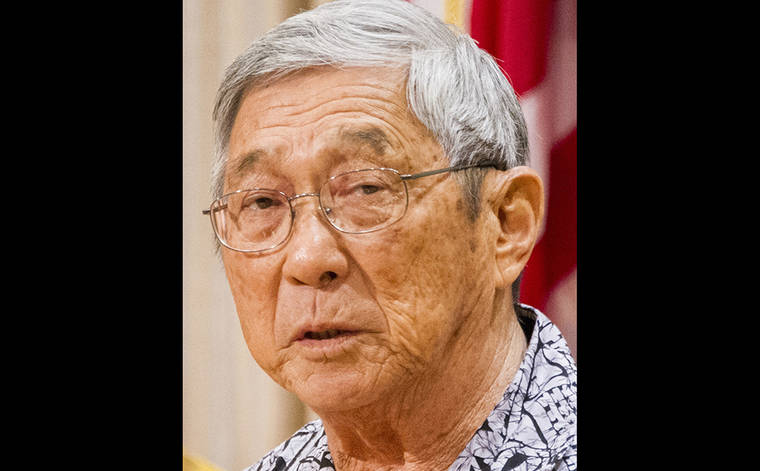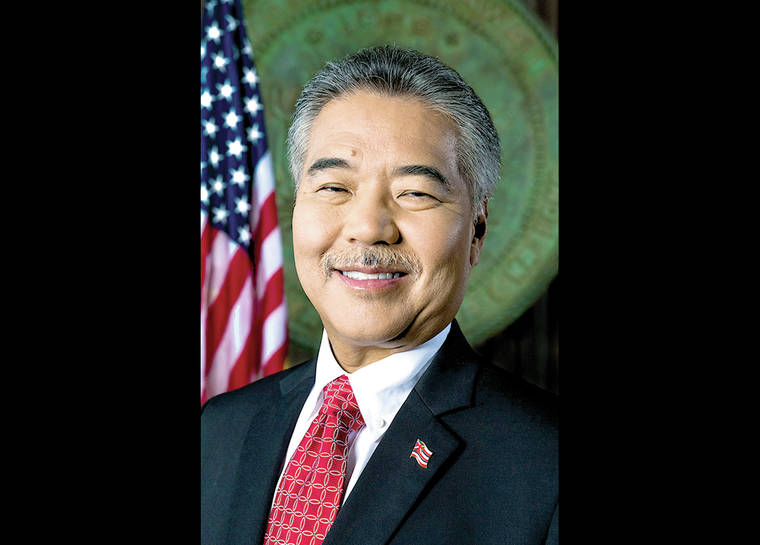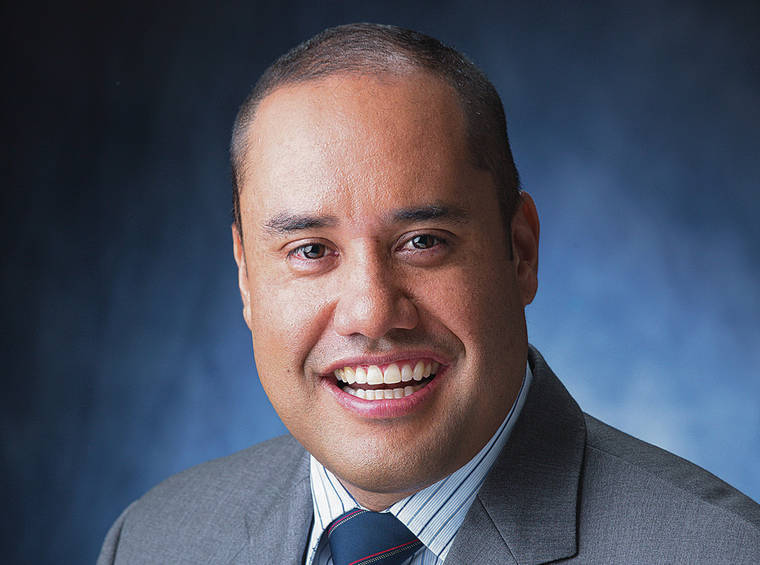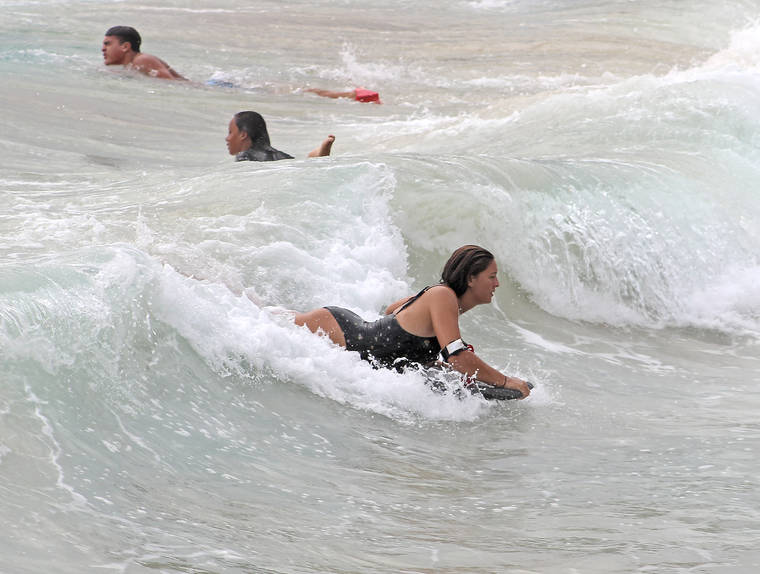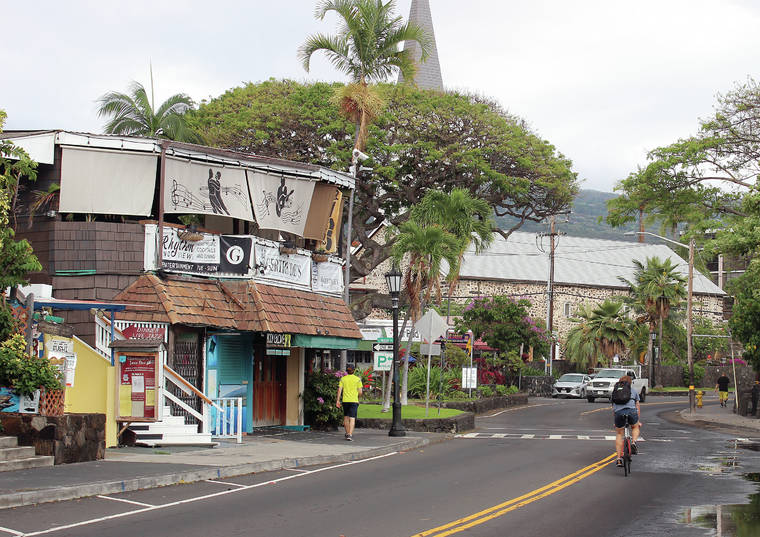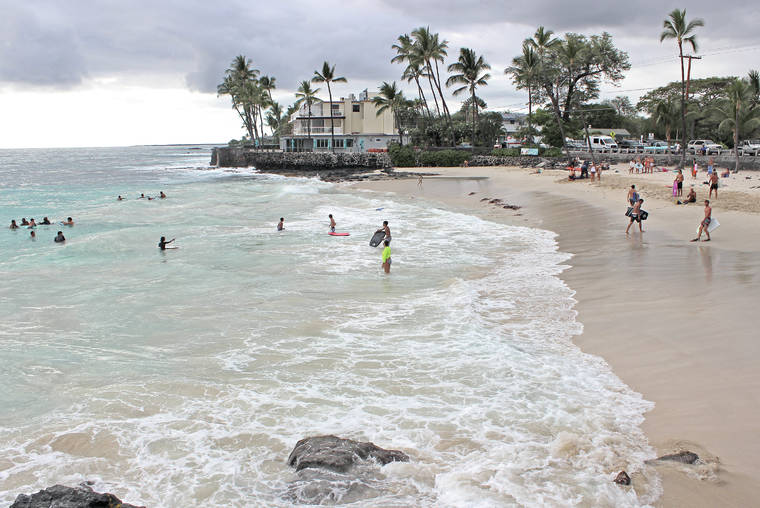Gov. David Ige on Monday outlined a phased plan for the state’s economy to reopen, while Big Island Mayor Harry Kim announced Hawaii County’s beach parks — including the beaches themselves — are to reopened to the public today, pending the governor’s approval.
Kim said those plans were being forwarded to Ige on Monday.
All beaches statewide had previously been closed, except for running on the beach, due to the COVID-19 pandemic, and surfing and swimming in the ocean were allowed. Beach parks were to be used only as a route to and from the ocean itself. Sunbathing, lounging and gathering on beaches were not permitted.
But last week, Ige had given the counties the green light to make their own decisions on when to reopen beaches to sunbathing and lounging, and the other three counties had done so prior to this past weekend — with social distancing guidelines in place.
This weekend is the three-day Memorial Day holiday weekend, with the holiday itself on Monday.
Noting “the active cases of COVID-19 in Hawaii County remain low,” Kim said he’d been “looking forward to when we could put out some positive notes.”
“These beach parks are being reopened for your enjoyment and your well-being,” Kim said. “Please keep up the safe practices of social distancing that helped us get to where we are today.”
The only exceptions to the reopening are Hakalau Beach Park and Kuhio Kalanianaole Park, which have been closed due to repairs and improvements. Kim is working with the Department of Parks and Recreation to determine the next phase of reopening for county facilities, such as tennis and pickleball courts.
Hawaii County has had 77 COVID-19 cases, including two new cases this weekend, which Kim said are residents who contracted the virus while traveling on the mainland. The other 75 cases have all been cleared from isolation as recovered.
Meanwhile, Ige announced his four-phase plan for reopening and recovery and extended through June 30 his 14-day quarantine order for travelers to Hawaii and interisland travelers.
He also extended through June 30 the moratorium on residential evictions for failure to pay rent.
The pandemic has wreaked havoc on Hawaii’s economy and more than a third of the state’s workforce lost their jobs, while the quarantine — aimed at limiting the state’s exposure to the novel coronavirus, has slowed the influx of visitors arriving in the state from about 30,000 daily a year ago to 272 on Sunday.
Adding to the economic misery, many jobless filers have had difficulties because of the antiquated mainframe computer responsible for processing claims and making payments.
As of Monday, according to the state Department of Labor and Industrial Relations, 237,668 claims had been uploaded to the mainframe.
Of those, 168,465, or 70.88%, had been processed.
Of processed claims, 125,293 or 76.66% of claims are being paid, with 43,172 denied.
In addition, 69,203 claims, 29.12% are being processed.
Ige said the state is moving from a “safer at home” stage, where businesses including shopping malls and pet groomers were allowed to reopen, to an “acting with care” phase that allows for so-called medium-risk businesses to operate.
Both “safe at home” and “safer at home” are part of the stabilization, or first stage, designed the flatten the curve of COVID-19 infections.
“Acting with care” is phase two, “longterm recovery” is phase three and “resilience” is phase four.
There aren’t specific dates for when certain businesses may open and counties will be able to set their own timelines, Ige said. For example, Honolulu Mayor Kirk Caldwell has said dine-in restaurant service, with certain restrictions, is approved to begin June 5 on Oahu.
Kim said he’s optimistic Big Island restaurants will be allowed to again offer dine-in service soon with social-distancing and proper sanitizing, but didn’t specify a date on when that might happen.
It hasn’t been determined when large venues, bars and clubs will be allowed to reopen.
The state reported no new cases of coronavirus on Monday, keeping Hawaii’s total number of cases at 640. There have been 17 deaths — 11 on Oahu and six on Maui.
The chairman of the state Senate Ways and Means Committee said the state’s tax revenue went down a third in April compared to the same month a year earlier.
In a video news conference, Sen. Donovan Dela Cruz told reporters the state reported $540 million in general fund tax revenue last month. That compares to $810 million in April 2019.
Revenues reported in April reflect taxes collected in March, which is when tourism to Hawaii began its precipitous drop amid measures to slow the virus.
“You can see that’s a big difference already. We’re expecting the May report to be even lower,” Dela Cruz said.
Dela Cruz said as long as tourism stays low and the state maintains its traveler quarantine, Hawaii will need to depend on the federal government for assistance, look to special funds and consider budget cuts.
Asked whether pay cuts for state workers were on the table, Dela Cruz replied, “It just depends. If tourism rebounds much faster because they can get a hold of the situation and the public feels safe, then probably not.”
The Associated Press contributed to this story.
Email John Burnett at
jburnett@hawaiitribune-herald.com.







